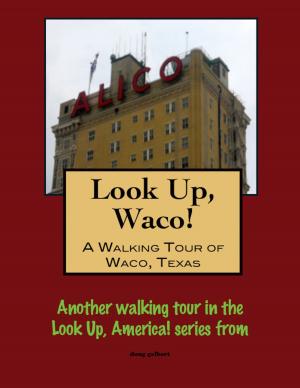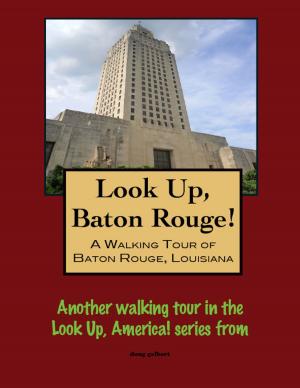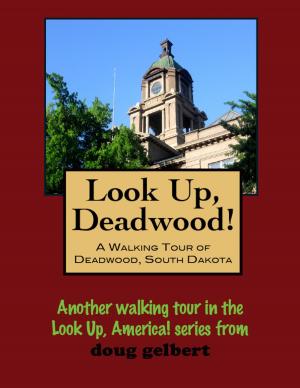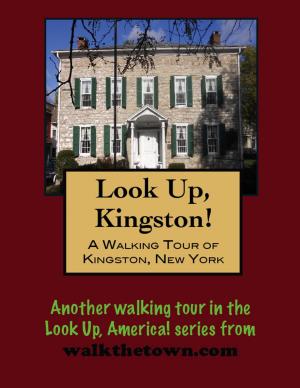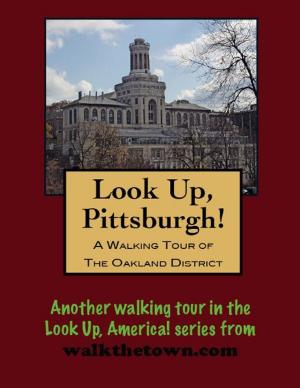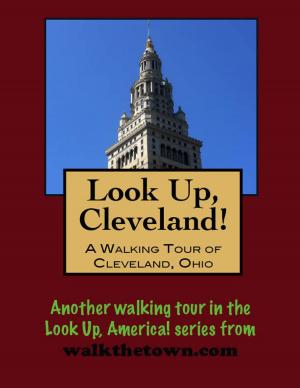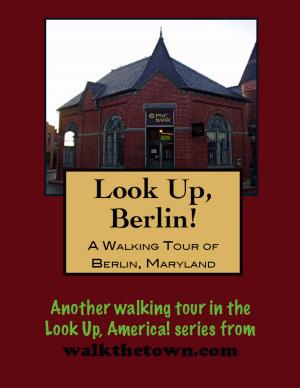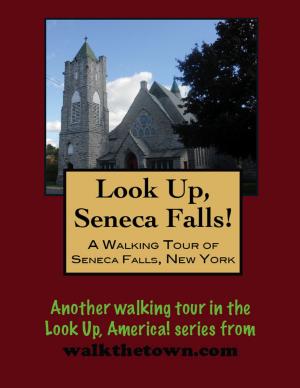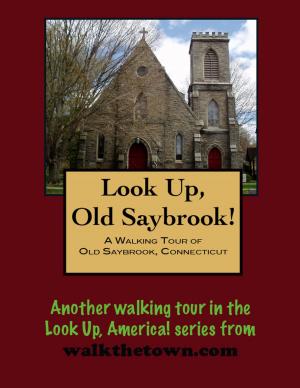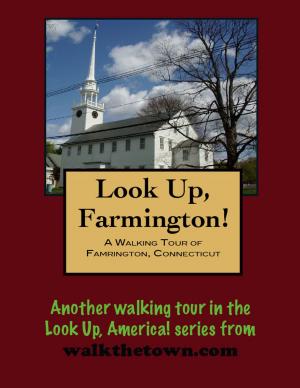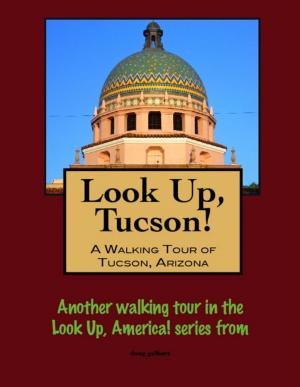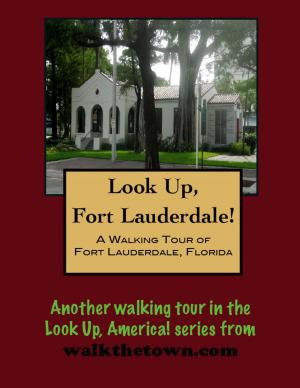| Author: | Doug Gelbert | ISBN: | 9781458014764 |
| Publisher: | Doug Gelbert | Publication: | February 11, 2011 |
| Imprint: | Smashwords Edition | Language: | English |
| Author: | Doug Gelbert |
| ISBN: | 9781458014764 |
| Publisher: | Doug Gelbert |
| Publication: | February 11, 2011 |
| Imprint: | Smashwords Edition |
| Language: | English |
There is no better way to see America than on foot. And there is no better way to appreciate what you are looking at than with a walking tour. Whether you are preparing for a road trip or just out to look at your own town in a new way, a downloadable walking tour is ready to explore when you are.
Each walking tour describes historical and architectural landmarks and provides pictures to help out when those pesky street addresses are missing. Every tour also includes a quick primer on identifying architectural styles seen on American streets.
Wellsboro was founded in 1806 by Quaker settlers from Delaware, Maryland and Philadelphia, it was incorporated in 1830. Tradition has long held that the little settlement was named in honor of Mary Wells, wife of one of the original settlers, Benjamin Wister Morris. It is her life-size bronze statue that stands at the Tioga County Historical Society but some historians have argued that the credit may belong to William Wells, Mary’s brother.
This section of the state was part of the Connecticut Grant that extended the north and south boundaries of the colony of Connecticut all the way to the Great Lakes; consequently it was settled by many of the early New England colonists. The large houses set well back from the streets on spacious well-kept lawns are truly indicative of the planning of New England towns. Noted for beautiful elms, maple trees and wide boulevards with gas lights, Wellsboro has long been a favorite of travelers. The 50-mile long Grand Canyon of Pennsylvania is a scant ten miles from town.
Wellsboro’s earliest period of growth, between the 1830s and the turn of the twentieth century, was at first of an agricultural character and was later associated with the lumber industry. Commercial development in the downtown occurred in the wake of two major fires in the 1870s which destroyed much of the downtown. As rebuilding occurred, brick became the favored construction material and the extant character of the commercial portion of the historic district reflects this era of reconstruction. In 1872 the Lawrenceville and Wellsboro Railroad laid the first line into the community, followed in 1881 by the Jersey Shore, Pine Creek, & Buffalo. As the lumber industry waned it was followed by coal extraction and, most importantly, in the early 1900s, by the glass industry - light bulbs and then Christmas lights.
The Wellsboro Historic District was listed on the National Register of Historic Places in 2005. The architecture of the district reflects the level of maturity in Wellsboro at the turn of the twentieth century, by which time many of the resources in the district were in place. High-style houses were built for civic and industrial leaders, primarily along Main Street and West Avenue. A feature which adds considerably to the visual character of the district is found along portions of both Main Street and Central Avenue, which have boulevards with trees, grass, and Wellsboro’s signature gas street lights mounted on cast iron poles.
Our walking tour will begin in the center of town around the New England-style Green and explore first the residential area along Main Street to the west and then come back and see the business district to the east...
There is no better way to see America than on foot. And there is no better way to appreciate what you are looking at than with a walking tour. Whether you are preparing for a road trip or just out to look at your own town in a new way, a downloadable walking tour is ready to explore when you are.
Each walking tour describes historical and architectural landmarks and provides pictures to help out when those pesky street addresses are missing. Every tour also includes a quick primer on identifying architectural styles seen on American streets.
Wellsboro was founded in 1806 by Quaker settlers from Delaware, Maryland and Philadelphia, it was incorporated in 1830. Tradition has long held that the little settlement was named in honor of Mary Wells, wife of one of the original settlers, Benjamin Wister Morris. It is her life-size bronze statue that stands at the Tioga County Historical Society but some historians have argued that the credit may belong to William Wells, Mary’s brother.
This section of the state was part of the Connecticut Grant that extended the north and south boundaries of the colony of Connecticut all the way to the Great Lakes; consequently it was settled by many of the early New England colonists. The large houses set well back from the streets on spacious well-kept lawns are truly indicative of the planning of New England towns. Noted for beautiful elms, maple trees and wide boulevards with gas lights, Wellsboro has long been a favorite of travelers. The 50-mile long Grand Canyon of Pennsylvania is a scant ten miles from town.
Wellsboro’s earliest period of growth, between the 1830s and the turn of the twentieth century, was at first of an agricultural character and was later associated with the lumber industry. Commercial development in the downtown occurred in the wake of two major fires in the 1870s which destroyed much of the downtown. As rebuilding occurred, brick became the favored construction material and the extant character of the commercial portion of the historic district reflects this era of reconstruction. In 1872 the Lawrenceville and Wellsboro Railroad laid the first line into the community, followed in 1881 by the Jersey Shore, Pine Creek, & Buffalo. As the lumber industry waned it was followed by coal extraction and, most importantly, in the early 1900s, by the glass industry - light bulbs and then Christmas lights.
The Wellsboro Historic District was listed on the National Register of Historic Places in 2005. The architecture of the district reflects the level of maturity in Wellsboro at the turn of the twentieth century, by which time many of the resources in the district were in place. High-style houses were built for civic and industrial leaders, primarily along Main Street and West Avenue. A feature which adds considerably to the visual character of the district is found along portions of both Main Street and Central Avenue, which have boulevards with trees, grass, and Wellsboro’s signature gas street lights mounted on cast iron poles.
Our walking tour will begin in the center of town around the New England-style Green and explore first the residential area along Main Street to the west and then come back and see the business district to the east...

